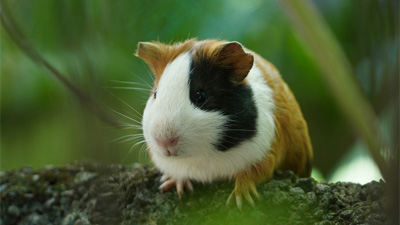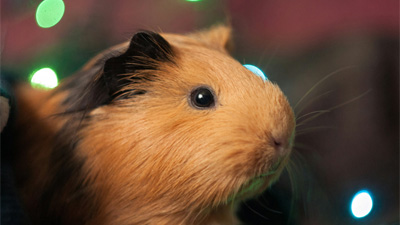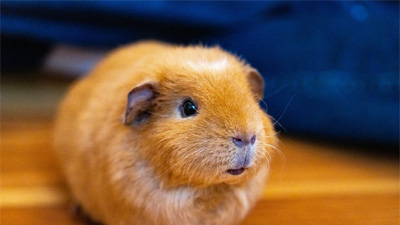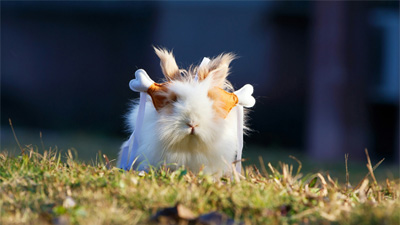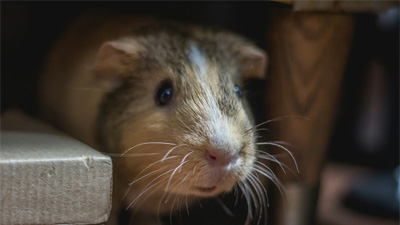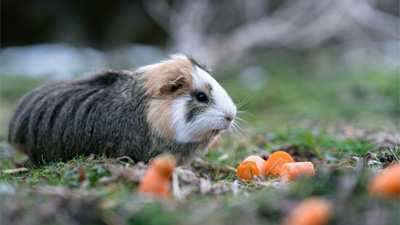Guinea Pigs vs. Hamsters: What Is the Difference?
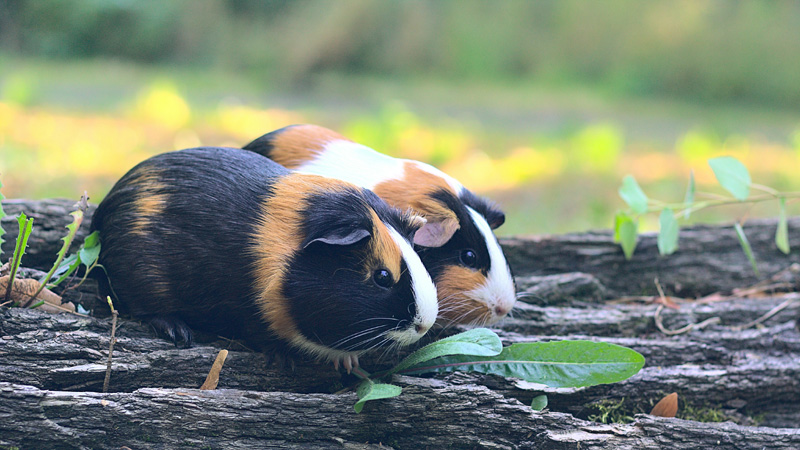
Photo by Jiří Suchý on Unsplash
Choosing a small pet to bring into your home can be an exciting decision, but with so many adorable options available, it can also be overwhelming. Among the popular choices for small pets, guinea pigs and hamsters stand out for their charm, size, and low maintenance requirements. However, these two furry creatures have distinct characteristics, needs, and personalities. Understanding the differences between guinea pigs and hamsters can help you make an informed decision about which pet is the right fit for you and your family.
Physical Characteristics
One of the most noticeable differences between guinea pigs and hamsters lies in their physical appearance. Guinea pigs, also known as cavies, are larger than hamsters and have a stout, rounded body with short legs and small ears. They typically weigh between 1.5 to 2.5 pounds and can measure up to 10-12 inches in length. Guinea pigs have a variety of coat types, including smooth, short-haired, and long-haired, with colors ranging from solid to multi-colored.
On the other hand, hamsters are much smaller in size, measuring around 4-7 inches in length and weighing between 0.5 to 6 ounces, depending on the species. They have a more elongated body shape, with a short, furry tail, rounded ears, and prominent cheek pouches for storing food. Hamsters come in several species, including Syrian (Golden), Dwarf (Roborovski, Campbell's, and Winter White), and Chinese, each with its own distinctive features and coat colors.
Behavior and Temperament
Guinea pigs and hamsters exhibit different behaviors and temperaments, which can influence their suitability as pets for different households. Guinea pigs are social animals that thrive on companionship and interaction with humans. They are known for their gentle and docile nature, making them excellent pets for families with children or individuals seeking a cuddly companion. Guinea pigs enjoy being handled and can form strong bonds with their owners through regular handling and socialization.
In contrast, hamsters are more solitary creatures and prefer to live alone. While they can tolerate brief periods of handling, hamsters are generally less interactive and affectionate compared to guinea pigs. Some species of hamsters, such as Syrian hamsters, may display territorial behavior and become aggressive towards other hamsters if housed together. However, Dwarf hamsters are more social and can coexist peacefully in same-sex pairs or small groups, provided they are introduced at a young age.
Housing and Habitat Requirements
Meeting the housing and habitat needs of guinea pigs and hamsters is essential for their health and well-being. Guinea pigs require spacious enclosures with plenty of room to move around, exercise, and explore. A suitable guinea pig habitat should be at least 7.5 square feet for one guinea pig, with additional space for each additional guinea pig. The enclosure should be lined with soft bedding material, such as paper-based bedding or fleece liners, and equipped with hiding spots, tunnels, and chew toys for enrichment.
Hamsters have different housing requirements based on their species and size. Syrian hamsters need a minimum cage size of 24 inches by 12 inches, while Dwarf hamsters can thrive in smaller habitats but still require adequate space for exercise and enrichment. The cage should be equipped with a solid floor to prevent injury, as well as a running wheel, tunnels, and nesting materials for comfort. Hamsters are nocturnal animals, so providing a quiet, dimly lit environment during the day is essential for their well-being.
Dietary Needs
Proper nutrition is crucial for maintaining the health and vitality of guinea pigs and hamsters. Guinea pigs are herbivores and require a diet high in fiber to support their digestive health. A balanced guinea pig diet consists of fresh hay, such as timothy hay or orchard grass, supplemented with fresh vegetables, fruits, and a small amount of commercial guinea pig pellets. It's important to avoid feeding guinea pigs foods that are high in sugar, fat, or calcium, as these can lead to obesity and other health issues.
Hamsters are omnivores and have slightly different dietary requirements compared to guinea pigs. A typical hamster diet includes commercial hamster pellets as the primary source of nutrition, supplemented with fresh fruits, vegetables, and occasional treats such as nuts or mealworms. Hamsters also require access to fresh water at all times, provided in a sipper bottle attached to their cage. It's essential to monitor their food intake and avoid overfeeding to prevent obesity and related health problems.
Lifespan and Care
Both guinea pigs and hamsters have relatively short lifespans compared to larger pets, but they require proper care and attention to ensure a happy and healthy life. Guinea pigs have a longer lifespan compared to hamsters, with an average lifespan of 5 to 7 years, although some may live up to 8 years with proper care. Regular veterinary check-ups, a balanced diet, and a clean living environment are essential for maintaining the health of guinea pigs.
Hamsters have a shorter lifespan, with Syrian hamsters typically living 2 to 3 years, while Dwarf hamsters may live 1.5 to 2 years or slightly longer. Despite their shorter lifespan, hamsters still require attentive care and a suitable habitat to thrive. Regular cage cleaning, providing fresh food and water daily, and handling them gently to prevent stress are essential aspects of hamster care.
Conclusion
In conclusion, guinea pigs and hamsters are both popular choices for small pets, each with its own unique characteristics and care requirements. Guinea pigs are larger, more social, and affectionate animals that thrive on companionship and interaction with humans. They require spacious enclosures, a diet high in fiber, and regular handling to remain happy and healthy. Hamsters, on the other hand, are smaller, more solitary creatures that prefer to live alone. They have different housing and dietary needs compared to guinea pigs and require attentive care to ensure their well-being.
When considering whether to bring a guinea pig or hamster into your home, it's essential to evaluate your lifestyle, space constraints, and ability to meet the specific needs of each animal. Whether you choose a guinea pig or hamster as your new furry friend, providing them with love, care, and attention will ensure a rewarding and fulfilling relationship for years to come.
